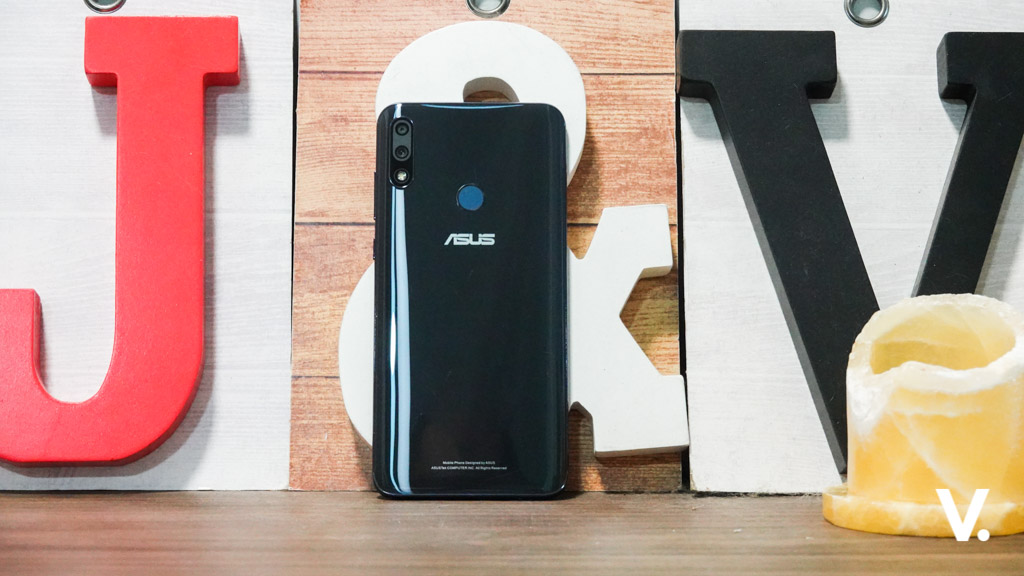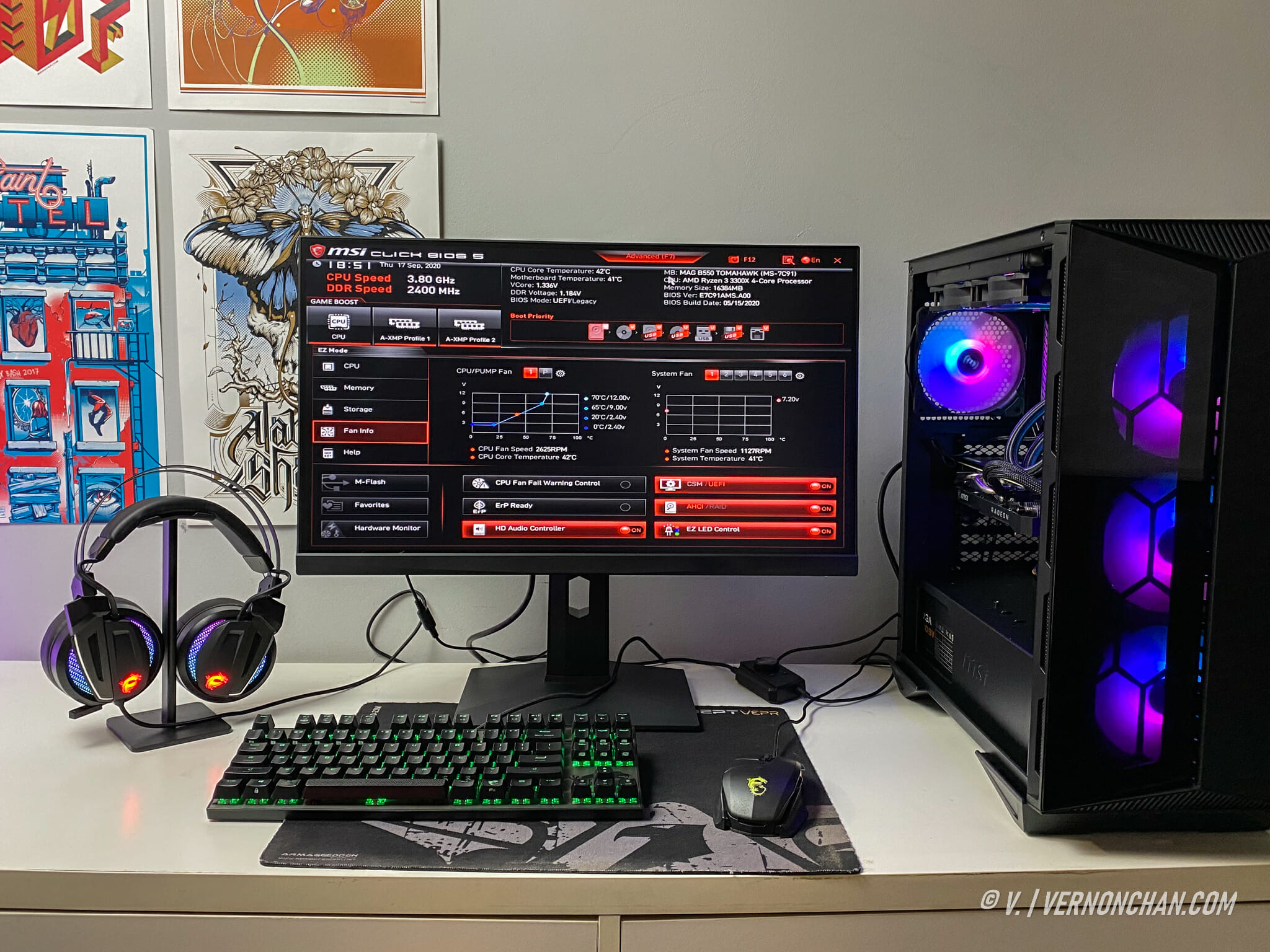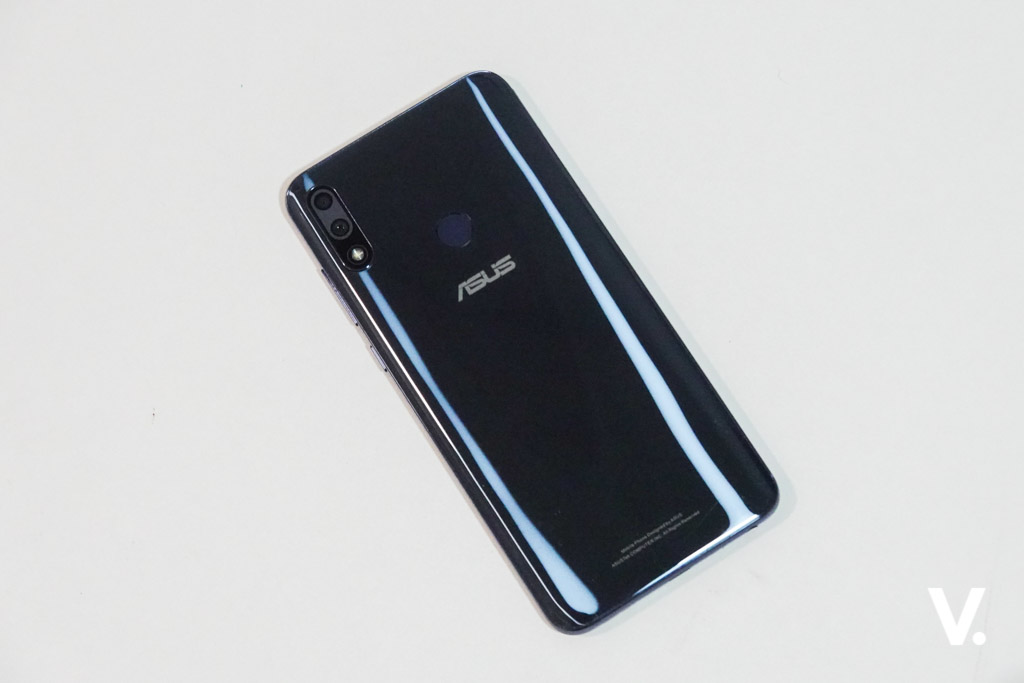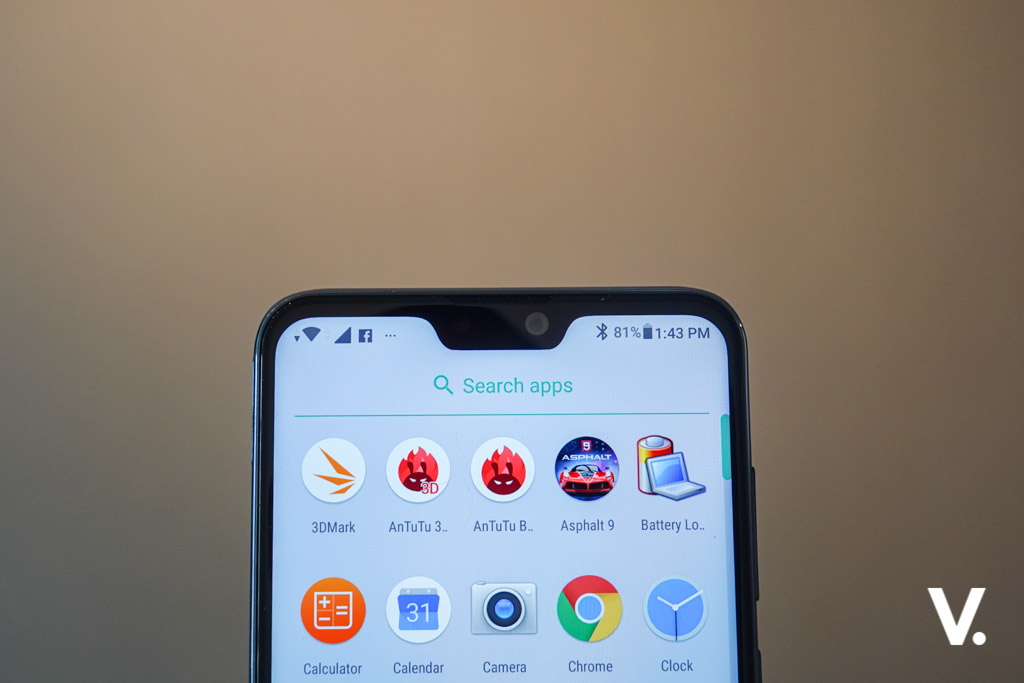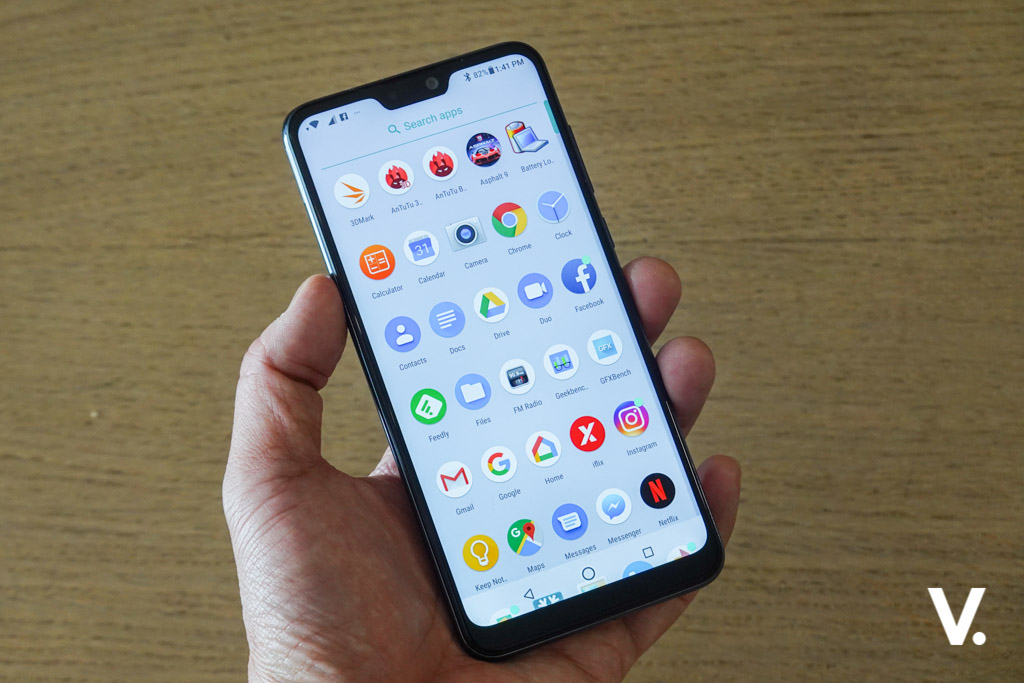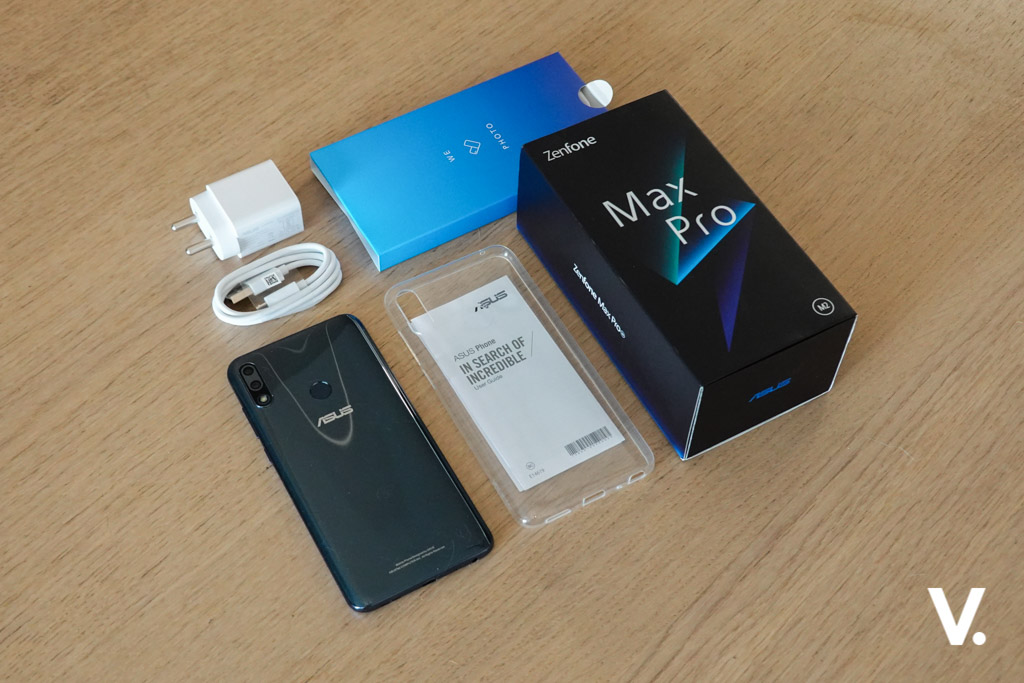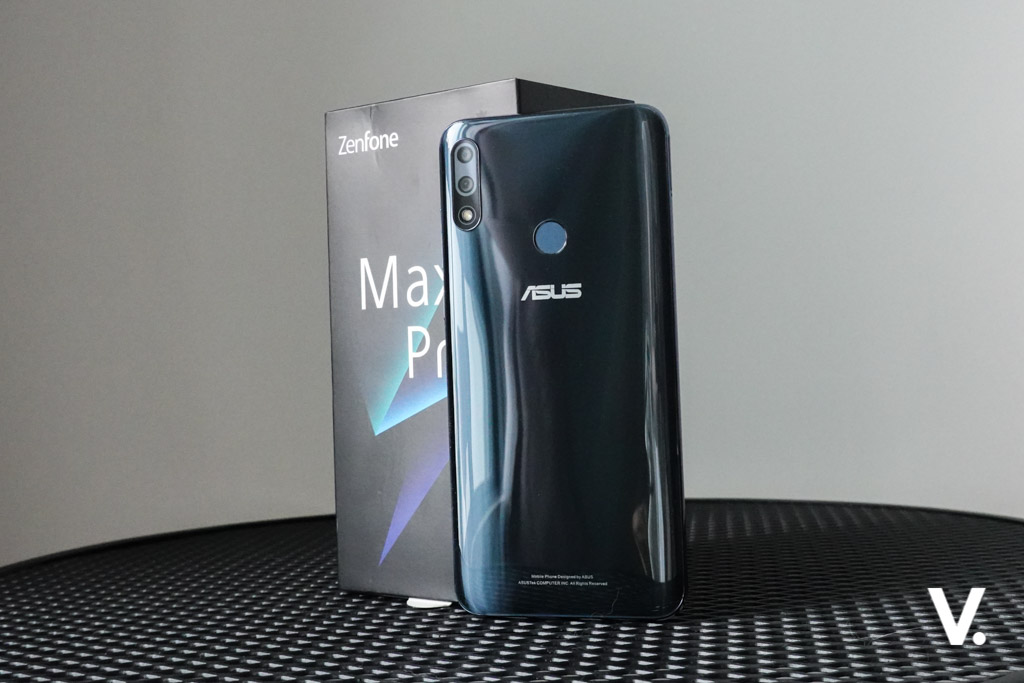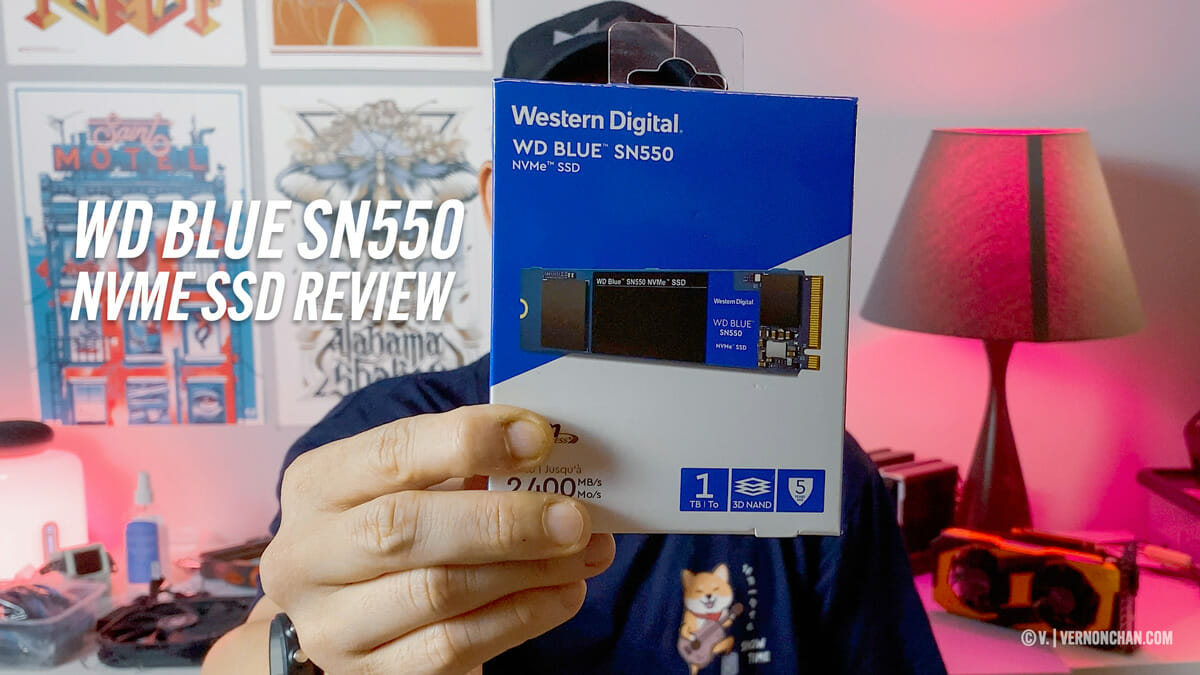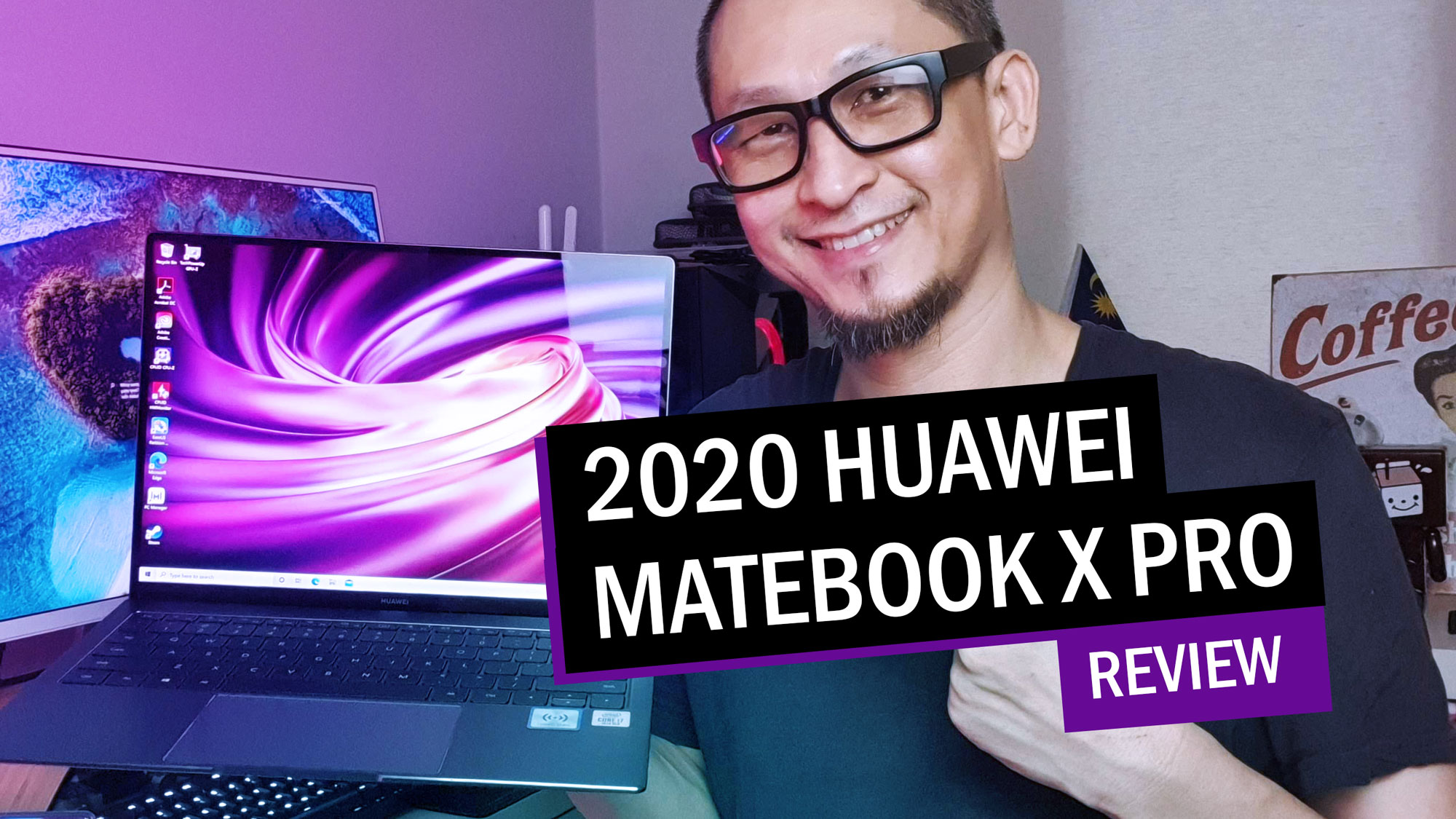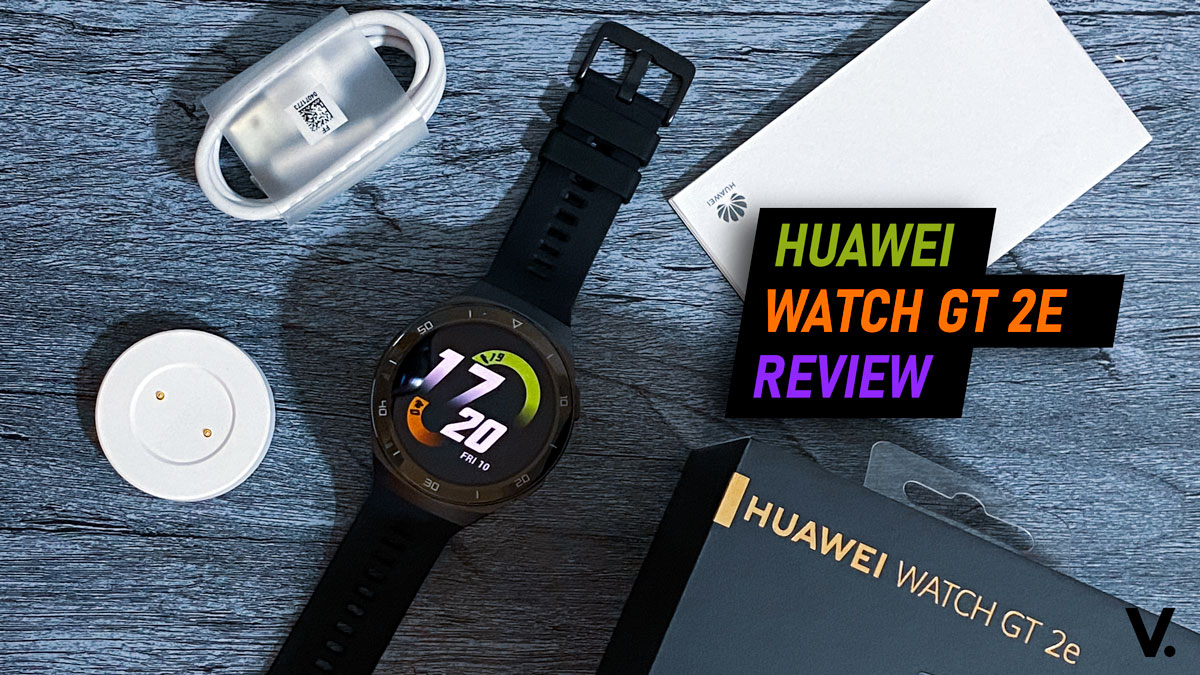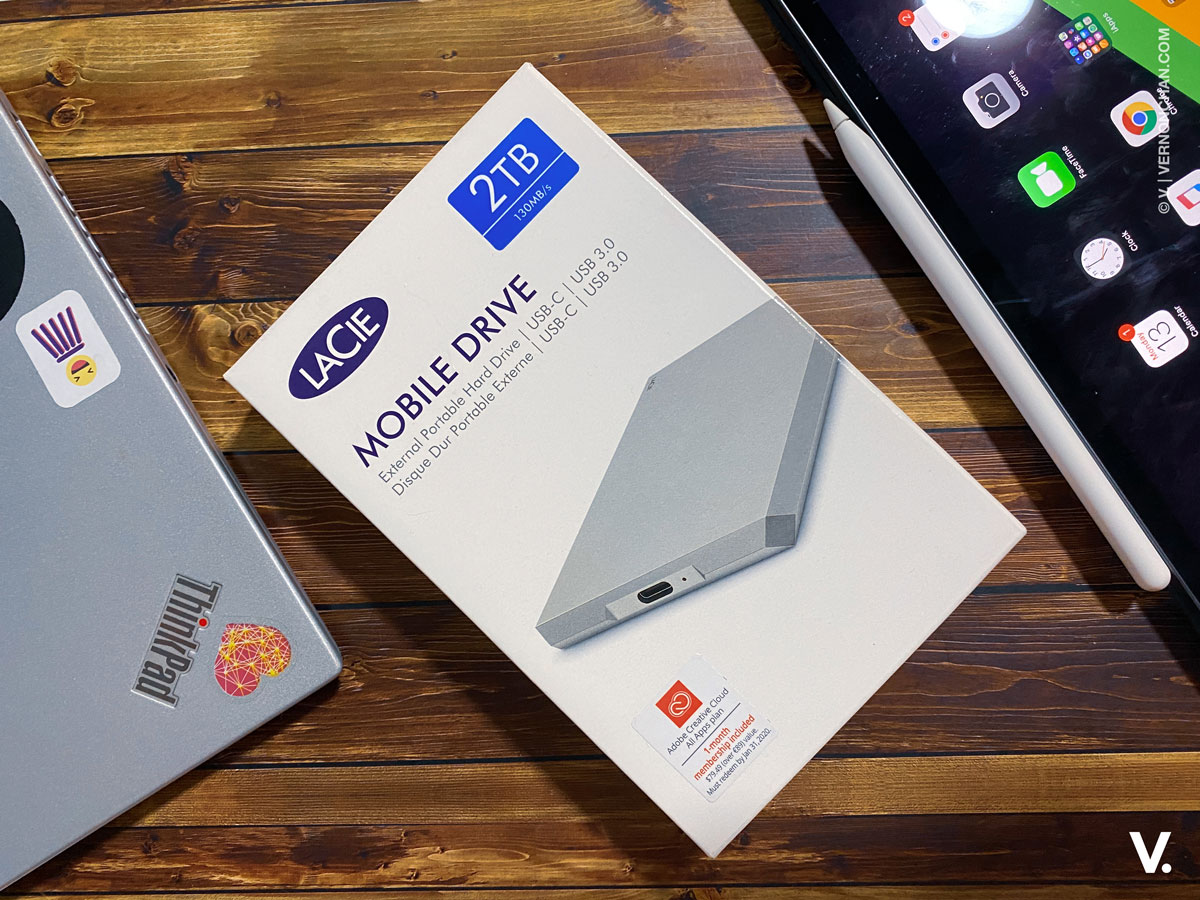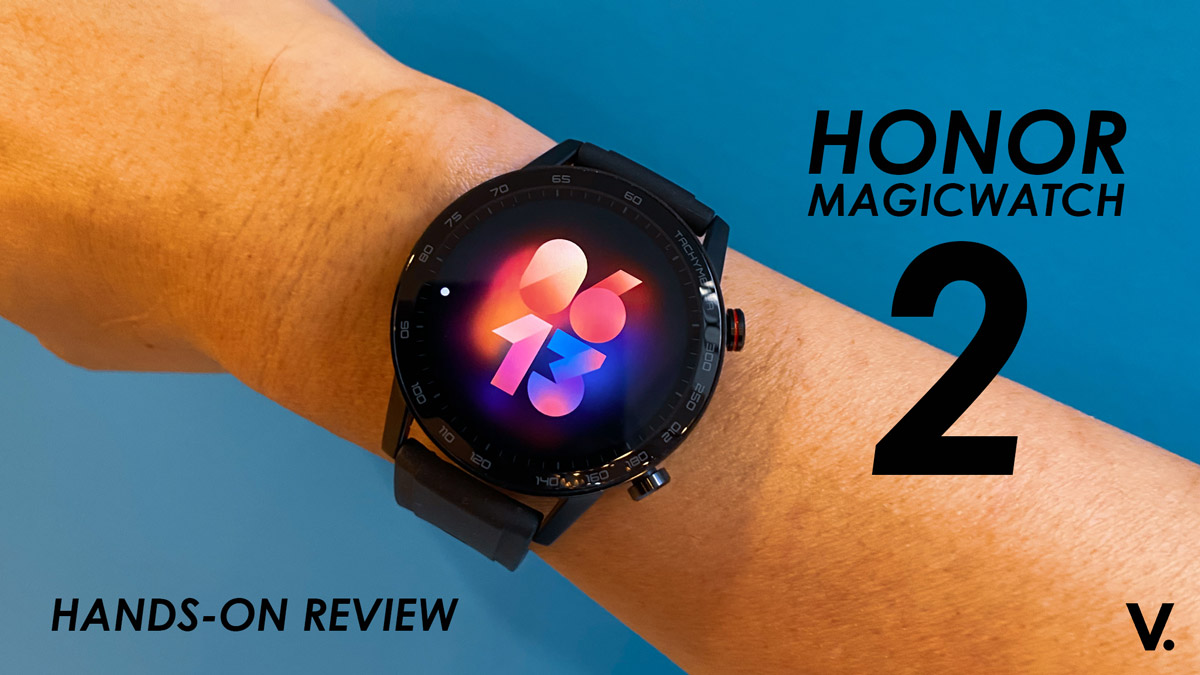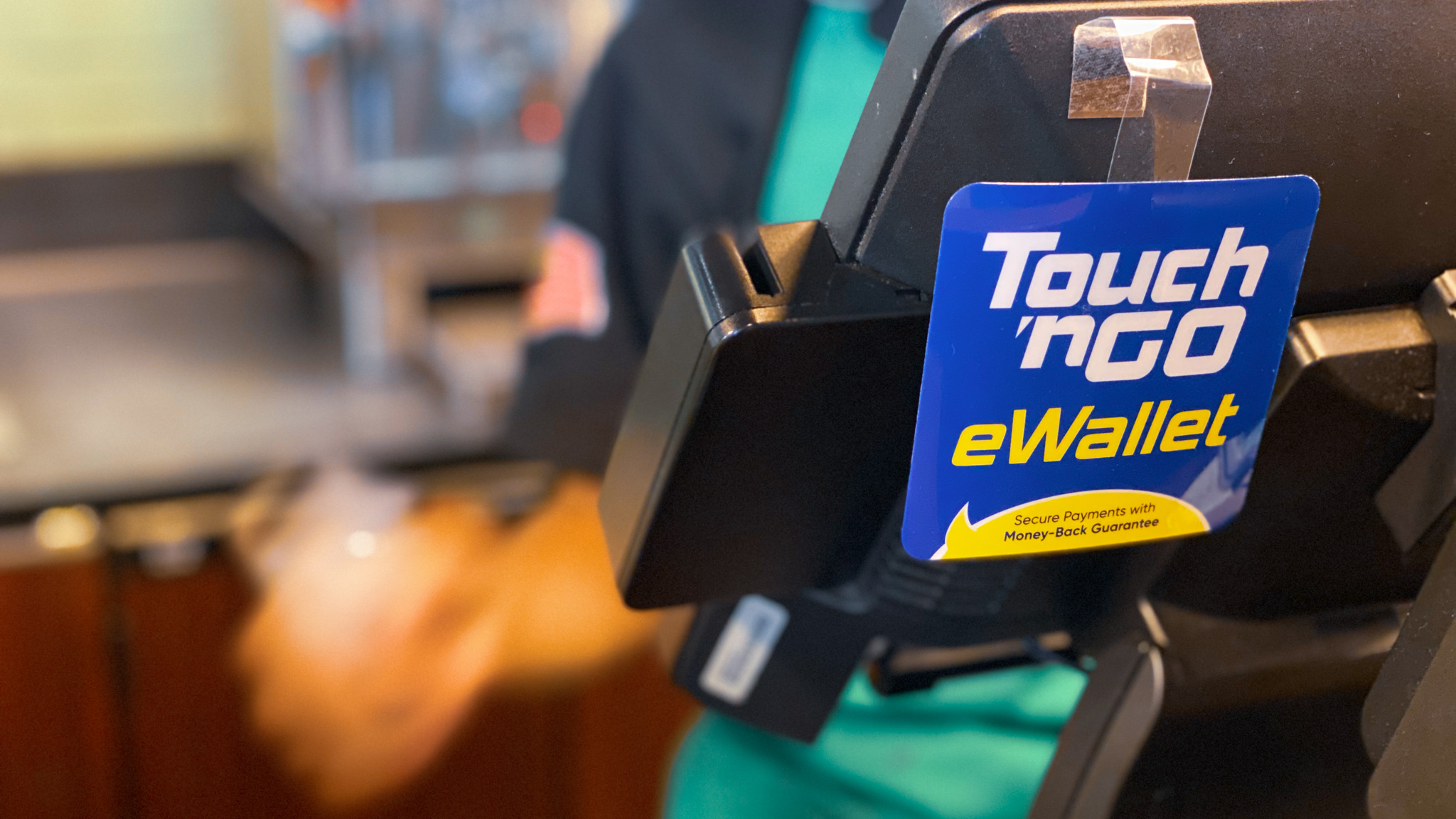Back in June 2018, I was in awe of the ASUS ZenFone Max Pro M1 when I reviewed it. It finally seemed as though ASUS got the formula right by taking on the competition in the mid-range market instead of facing off with the big boys at the top.
However, what I did not expect was for them to release the successor to the Max Pro M1 so soon. In just a span of six months, I have with me now the ASUS ZenFone Max Pro M2. According to ASUS, they’ve packed in more of the good stuff with this iteration, giving consumers more of what they want.
But is that really the case? Did ASUS really put maximum effort into the Max Pro M2 or is it a mere slapdash upgrade?
 Design & Build
Design & Build
Right off the bat and right out of the box, I think I am actually one of the few people who doesn’t like the design of the Max Pro M2 (Vernon felt the same way in his first impressions post). I understand that ASUS wanted to give this a more updated and premium look, but I would have preferred it if they had refined the design of the Max Pro M1’s bland but extremely sturdy all metal build.
With the Max Pro M2, you’re getting a full polycarbonate build, which helps to reduce the weight of the phone by about 5g and makes it a little easier to hold over long usage periods. Similar to the Realme 2 Pro I reviewed a month ago, the back of the device has a clear polycarbonate back that mimics glass. Again, this makes the phone grippier but plastic is also less resistant to scuffing and scratching. One thing it shares in common with glass backs though is the fact that it picks up fingerprints and smudges easily.
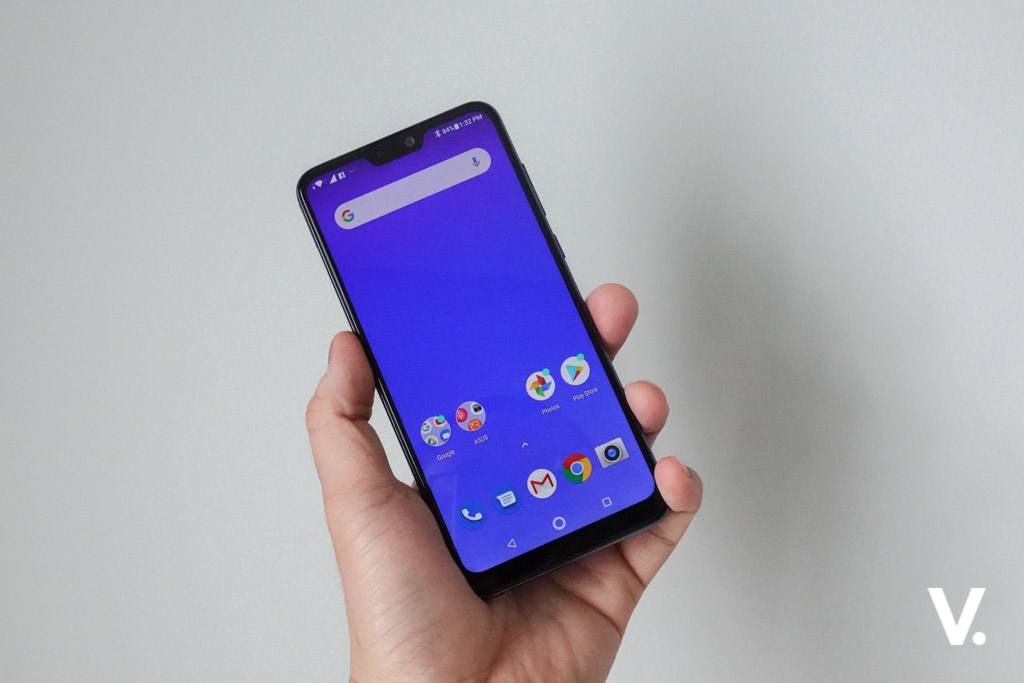 One thing ASUS didn’t skimp on is the Gorilla Glass 6 that protects the 6.3-inch Full HD+ (2280 x 1080) IPS display. Compared to its predecessor, this phone smartphone has thinner bezels all around and boasts a 90% screen-to-body ratio, which is definitely a nice touch. You do however get a small notch on the top, it’s not dewdrop small but it is smaller than your average notch.
One thing ASUS didn’t skimp on is the Gorilla Glass 6 that protects the 6.3-inch Full HD+ (2280 x 1080) IPS display. Compared to its predecessor, this phone smartphone has thinner bezels all around and boasts a 90% screen-to-body ratio, which is definitely a nice touch. You do however get a small notch on the top, it’s not dewdrop small but it is smaller than your average notch.
As for the rest of the build, you get the usual suspects — dual camera array, LED flash and fingerprint sensor on the back; micro USB charging port, 3.5mm headphone jack and single speaker on the bottom. You’ll also find very “clicky” and tactile power/unlock button and volume rocker on the right side of the device.
Hardware
Although it didn’t quite impress me with its updated design, what ASUS have done with the hardware did exactly opposite. The Max Pro M1’s Qualcomm Snapdragon 636 was quite a good chipset, but with the Max Pro M2, ASUS have given it an upgrade with the slightly higher range Snapdragon 660AIE that comes with the Adreno 512 GPU. Furthermore, ASUS have done away with the 3GB RAM + 32GB storage variant and instead you now have a choice of 4GB + 64GB storage or 6GB + 64GB storage models.
Unfortunately, there is no 128GB variant but you do get a triple card slot which supports two nano SIM cards and a microSD card of up to 2TB additional storage. I really like the fact that ASUS decided to keep this feature in, at least you don’t have to choose between expanded storage or an extra SIM card.
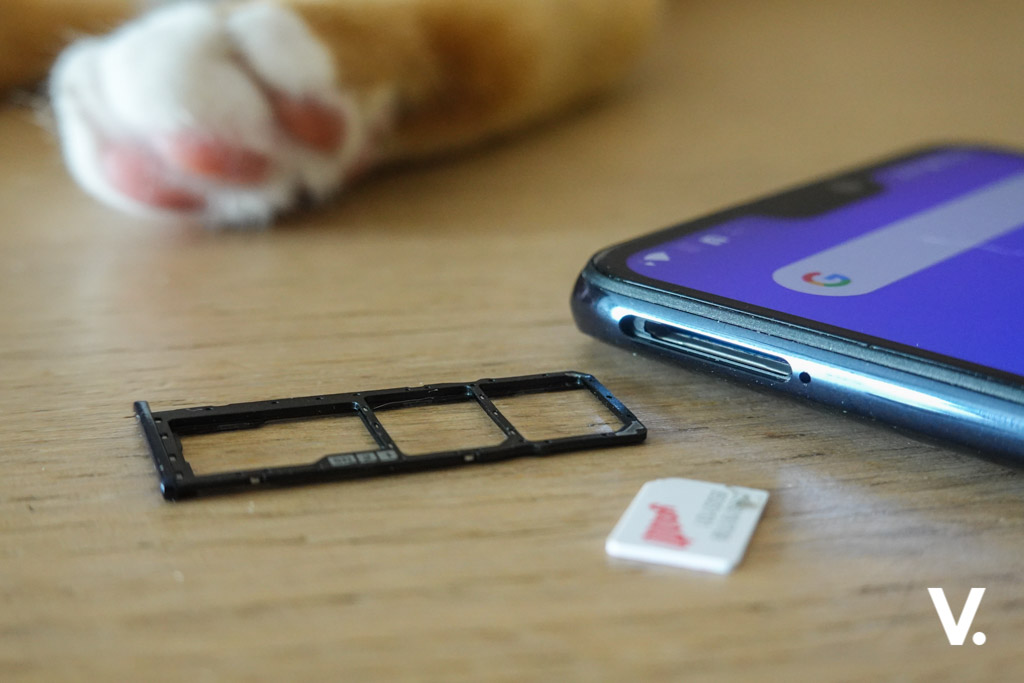 This time around, with the Max Pro M2, both variants share the same camera setup. You get a main shooter with the 12MP Sony IMX486 sensor with an f/1.8 aperture and a similar secondary 5MP sensor used for depth sensing. Instead of an 8MP selfie shooter, the Max Pro M2 gets a 13MP shooter with an f/2.0 aperture. Secondary rear shooter aside, both cameras have definitely been upgraded and it really shows in the photos. Not to mention, with the 660AIE, the camera now supports AI scene recognition.
This time around, with the Max Pro M2, both variants share the same camera setup. You get a main shooter with the 12MP Sony IMX486 sensor with an f/1.8 aperture and a similar secondary 5MP sensor used for depth sensing. Instead of an 8MP selfie shooter, the Max Pro M2 gets a 13MP shooter with an f/2.0 aperture. Secondary rear shooter aside, both cameras have definitely been upgraded and it really shows in the photos. Not to mention, with the 660AIE, the camera now supports AI scene recognition.
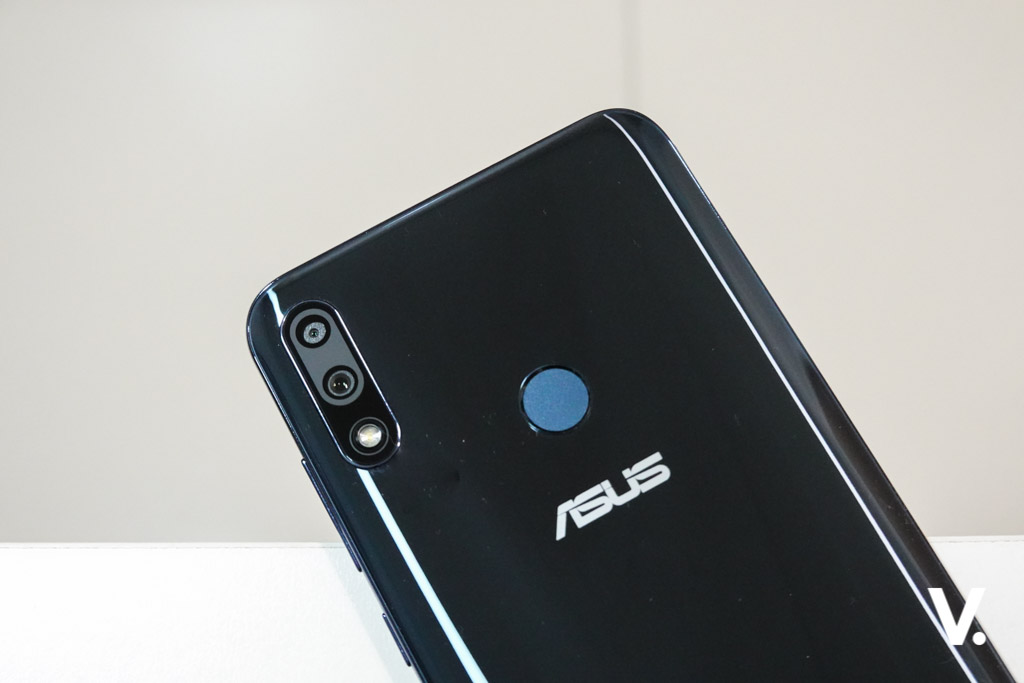 Another great thing about the Max Pro M2 is that it still comes with that massive 5,000mAh battery. The not-so-great thing about this? It doesn’t support Quick Charge.
Another great thing about the Max Pro M2 is that it still comes with that massive 5,000mAh battery. The not-so-great thing about this? It doesn’t support Quick Charge.
Connectivity support is also pretty much similar to most devices these days, you get Wi-Fi 802.11 b/g/n, Bluetooth 5.0 and also GPS, aGPS and GLONASS. ASUS continues to shun support for 5GHz connectivity — a source of disappointment for many people out there, me included.
 Software
Software
Now, we come back to yet another disappointing aspect of the phone, the software experience. As a bit of a disclaimer though, the review unit I received was for the Indonesian market so it could be that the software is still a little buggy.
Disappointing might seem a little harsh but instead of getting better, it feels as though ASUS didn’t do with anything the software or learn from their mistakes with the Max Pro M1. It is still VERY close to stock, in fact, it is pretty much the vanilla Android experience. It’s snappy, smooth and performs fairly well when multitasking 90 percent of the time.
I say that because I have experienced the device becoming unresponsive or outright rebooting itself. The former occured when I was uploading files to Google Drive and I had locked the phone by accident, so when I tried to unlock the phone using the fingerprint scanner, I heard the unlock sound but the screen was still black. I then tried waking the screen with the power button and still nothing. The latter happened when I was streaming Spotify using Bluetooth, an almost similar situation happened but this time, instead of working after a few seconds, the device just rebooted itself.
Then of course there’s the pre-installed bloatware, which is similar to what I experienced with the Max Pro M1. There aren’t many but they are still there and you can’t uninstall them.
Last but not least, as the Max Pro M2 isn’t Android One certified, updates have been slow and to-date, it is still running on Android 8.1 Oreo.
Performance
Discount the buggy software experience I had with the device, I have to say its performance is pretty satisfactory. In fact, compared to the Realme Pro 2, I actually had a better experience using this device as it didn’t seem to lag or stutter as much. Jumping around from app to app while multitasking also proved to be quite a breeze.
Gaming wise, the Max Pro M2 exceeded my expectations as it ran most of the games I usually test my phones with. This includes Asphalt 9, Into the Dead 2, Eternity Legends, Shadow Fight 3 and Real Racing 3 with just occasional frame drops. However, if you don’t really care about graphics quality that much, you can always just dial it down to increase framerates. Surprisingly, the Max Pro M2 was also able to run Injustice 2 and it was fairly playable albeit a little laggy.
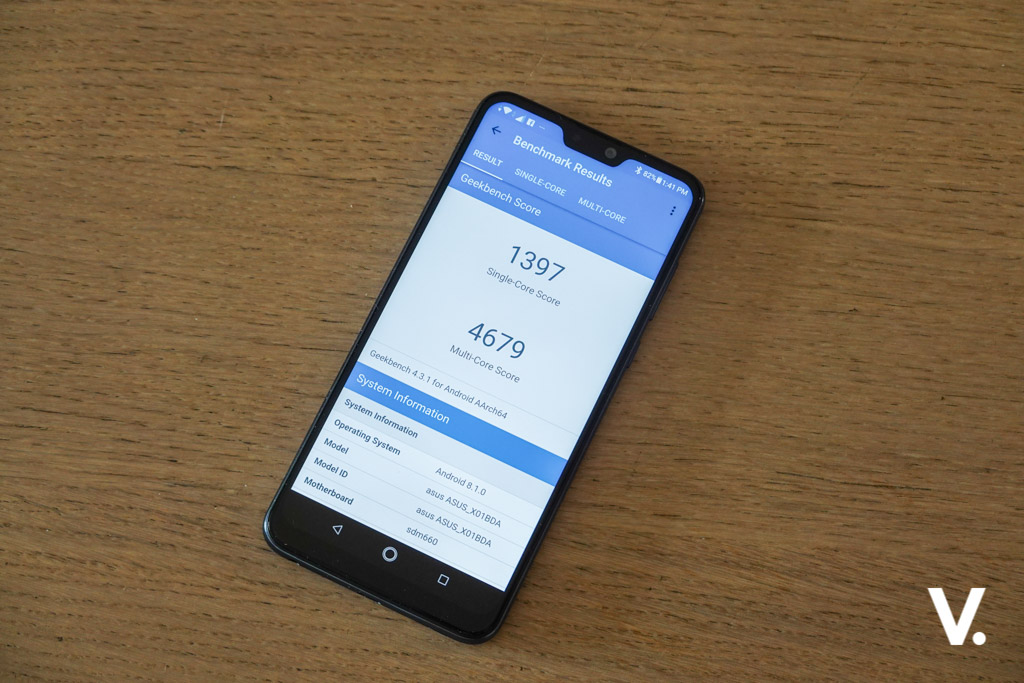 If synthetic benchmark scores mean something to you, then the Max Pro M2 won’t disappoint as it produced respectable scores.
If synthetic benchmark scores mean something to you, then the Max Pro M2 won’t disappoint as it produced respectable scores.
When it comes to battery life, I found that the Max Pro M2 didn’t perform as well as the Max Pro M1. My usage patterns haven’t changed and is pretty much the same as when I reviewed its predecessor. I’m usually synced up to three email accounts and on a day-to-day basis, I mainly use my smartphones for messaging on Whatsapp and Telegram, reading articles on Bleacher Report or the web browser, streaming on Spotify using Bluetooth, streaming videos on YouTube for roughly about an hour and some light gaming peppered in between.
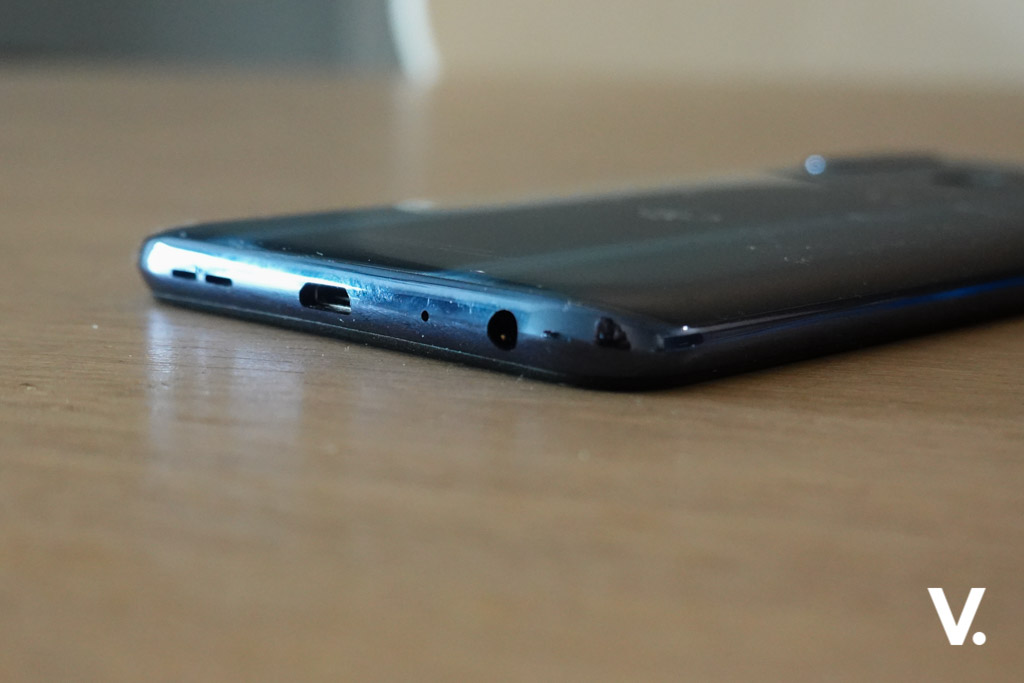 With the Max Pro M1, I would usually have about 50-60 percent of juice left in the tank but with the Max Pro M2, the latter would be down to 40-50 percent or sometimes even less. This could be due to the fact that the Snapdragon 660 is not as energy efficient and also maybe the software just isn’t as optimised as it can be.
With the Max Pro M1, I would usually have about 50-60 percent of juice left in the tank but with the Max Pro M2, the latter would be down to 40-50 percent or sometimes even less. This could be due to the fact that the Snapdragon 660 is not as energy efficient and also maybe the software just isn’t as optimised as it can be.
Still, battery performance is very commendable as it could last users with who are even lighter users up to a day and a half or even maybe two days. That’s a good thing as charging times of the Max Pro M2 are quite slow, it takes close to about an hour and a half to go from 0-50 percent.
 Finally, multimedia experience on the Max Pro M2 is generally enjoyable as the display is sharp and has decent viewing angles. Out of the box, the colour temperature is on the cooler side of things but at least you can always change that in the settings to tweak it so that’s it’s a little more accurate.
Finally, multimedia experience on the Max Pro M2 is generally enjoyable as the display is sharp and has decent viewing angles. Out of the box, the colour temperature is on the cooler side of things but at least you can always change that in the settings to tweak it so that’s it’s a little more accurate.
When you combine the fairly good display with the surprisingly loud and clear single bottom firing speaker, the Max Pro M2 makes for a good multimedia companion.
 Camera
Camera
As always, we shall end the review by looking at the cameras. As I mentioned above, ASUS definitely gave the cameras an upgrade and it shows in still images. Photos in daylight or in bright conditions are quite good. Photos are produced with accurate colours and white balance and showed a good level of detail with very minimal noise.
 One of the little issues it has though is the fact that it had a tendency to overexpose subjects and struggle with dynamic range. This can be easily remedied by turning HDR on before capturing the shot. And yes, you read that right, you still have to manually turn HDR on or off.
One of the little issues it has though is the fact that it had a tendency to overexpose subjects and struggle with dynamic range. This can be easily remedied by turning HDR on before capturing the shot. And yes, you read that right, you still have to manually turn HDR on or off.
 Similar to most smartphones in this mid-range category, low-light photography is where the Max Pro M2 falls short. It has a night mode but once again, this needs to be enable manually. Even with Night Mode turned on though, photos lack detail and a higher level of noise is to be expected. If you know what you’re doing with the camera settings, Manual mode is probably the best way to go if you want to capture photos at night.
Similar to most smartphones in this mid-range category, low-light photography is where the Max Pro M2 falls short. It has a night mode but once again, this needs to be enable manually. Even with Night Mode turned on though, photos lack detail and a higher level of noise is to be expected. If you know what you’re doing with the camera settings, Manual mode is probably the best way to go if you want to capture photos at night.
 As for videos, the Max Pro M2 does quite well in the day or in well-lit conditions. It does come with Electronic Image Stabilisation but that’s only applicable if you record videos is 1080p. Videos in this resolution are smooth with a satisfactory level of detail.
As for videos, the Max Pro M2 does quite well in the day or in well-lit conditions. It does come with Electronic Image Stabilisation but that’s only applicable if you record videos is 1080p. Videos in this resolution are smooth with a satisfactory level of detail.
Check out this post for more sample images.
 In the box
In the box
- ASUS ZenFone Max Pro M2 unit
- Micro USB cable
- USB power adapter
- SIM tray needle
- Clear soft bumper case
- Documentation (user guide, warranty card)
Pros
- Impressive battery life
- Triple card slot
- Snappy performance
- “Vanilla” Android
- Good cameras
Cons
- Lacks Quick Charge support
- Bloatware and wonky OS
- Durability of the plastic rear
- Slow fingerprint unlock
- MicroUSB?
Verdict
So, it’s time to the answer the burning question. Is the ASUS ZenFone Max Pro M2 a worthy successor to the Max Pro M1 or is it just a shoddy upgrade job? I would say that it’s an in-between. ASUS has given the Max Pro M2 some very nice upgrades such as better cameras and CPU while retaining what was loved with the Max Pro M1, namely the price tag and huge battery. So I’m pretty sure most users will be able to overlook the little niggling issues in the software, camera and maybe build quality.
However, much like what I said with the Realme 2 Pro, this device will face a lot of stiff competition as there are devices such as the aforementioned Realme 2 Pro, Pocophone F1, Xiaomi Redmi Note 6 and Honor Play that cost a little more but may offer better value.
 Pricing and availability
Pricing and availability
The ASUS ZenFone Max Pro M2 retails for MYR859 for the 4GB + 64GB storage variant and MYR999 for the 6GB + 64GB storage variant. Both are available for purchase from ASUS’ official Flagship Stores on Lazada (4GB + 64GB storage model), Shopee (6GB + 64GB storage model), DirectD and various retail partners.


